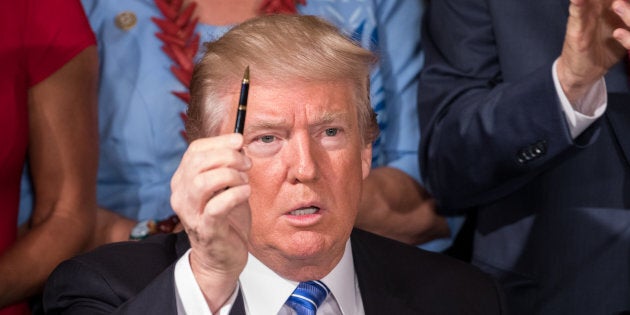
Under the age of 40? Single? Undisposed to owing the banks half a million or more? Sick of paying $30-40,000 a year in rent? If you answered 'yes' to any of the above, you are probably feeling the effects of Australia's housing affordability crisis.
Never before has home ownership been so far beyond the reach of the average Australian.
Between 2009-2017 median home prices in Sydney rose by a remarkable 99.4 percent. In Melbourne, the corresponding figure was slightly less at "only" 85 percent.
These statistics might be less gob-smacking if wages growth had kept pace with housing prices. But -- as we are all aware -- no one in Sydney or Melbourne has enjoyed a 99.4 or 85 percent wage increase since the beginning of 2009.
In fact, the very opposite is the case: Australians have been subject to record low wages growth. From January to March 2017 wages grew just 0.5 percent. Over the previous year, wages grew a total of 1.9 percent. From 2011-2016 wages grew just 13 percent.
Perhaps we don't have a housing affordability crisis, but instead a looming housing apocalypse.
Interest rates will inevitably rise from record lows, and record household debt levels will force many Australians to sell. A glut of homes will flood the market, not out of choice, but economic necessity, and the property bubble will burst.
What has been the Turnbull Government's response?
Aside from tokenistic changes to superannuation in the 2017 budget, almost nothing. The reason why is that it has not been judged electorally expedient to act. Those who purchased homes prior to 2009 have been ecstatic with their stellar financial gains. Those who own two or more homes have reaped a windfall that prospective first-home buyers could only dream of.
The Turnbull Government has judged that using obvious policy levers to gently deflate the housing bubble would create losers among its predominantly older voting base, thereby spelling electoral defeat.
Instead of reforming negative gearing -- a position that Prime Minister Malcolm Turnbull and Treasurer Scott Morrison have openly considered in the past -- the housing market has been left to its own devices. Likewise, the 50 percent capital gains tax concession -- introduced by Prime Minister John Howard in 1999 -- has been left untouched.
Rather than gently deflating the paper-based wealth of Australian property owners, the Turnbull Government has decided to reinforce the status quo. Less political pain will come from continuing to prevent the young, single and poor from owning a home, than decreasing the over-inflated property portfolios of the wealthy.
This political calculus, however, has come at the expense of the Australian economy. As average house prices have soared, Australians brave enough to enter the property market or desirous of up-scaling have been saddled with staggering debt levels.
Household debt as a percentage of household disposable income is now at record highs. As more funds than ever before are invested into housing repayments, less income is available for discretionary spending. Small and medium businesses are left with an ever-shrinking slice of Australia's economic pie, contributing to sluggish growth, casualization, underemployment, flatlining wages, and anaemic investment.
In short, inflationary house prices are slowly killing the Australian economy.
If the Turnbull Government is unwilling to intervene, is there any hope on the economic horizon? Possibly, but we must look overseas. Specifically, to the US.
MORE ON THE BLOG:
How The Great Australian Dream Became A Total Nightmare
Somebody Please Tell Governor Lowe That Workers Can't Just Ask For Higher Wages
Already this year the US Federal Reserve has twice raised interest rates, with most pundits predicting a further rate hike in September and more to follow in 2018. This shift away from emergency interest rates is likely to place further pressure on the Australian Reserve Bank to increase its rates, thus driving up the costs of borrowing and placing downward pressure on Australian house prices.
President Donald Trump's avowed commitment to massive infrastructure spending (conservatively estimated at US $200 billion) is another economic force likely to put upward pressure on US interest rates. If Trump manages to also cut income taxes, a further rush of money will enter the US economy, thereby stimulating employment and further increasing the costs of US borrowing.
Australia will not be unaffected by these developments. Interest rates will inevitably rise from record lows, and record household debt levels will force many Australians to sell. A glut of homes will flood the market, not out of choice, but economic necessity, and the property bubble will burst.
Longer term changes in the Australian economy, such as continued off-shoring of low skilled and manufacturing jobs, casualization, computerization and workforce roboticization, will assist this rapid housing deflation.
Relief from stratospheric property prices may soon be at hand. US infrastructure spending, tax cuts, and higher than average US employment figures may force up the cost of Australian borrowing and drive down the cost of Australian housing.
Ironically Washington, rather than Canberra, may provide the answer to your housing affordability dreams.
ALSO ON HUFFPOST AUSTRALIA